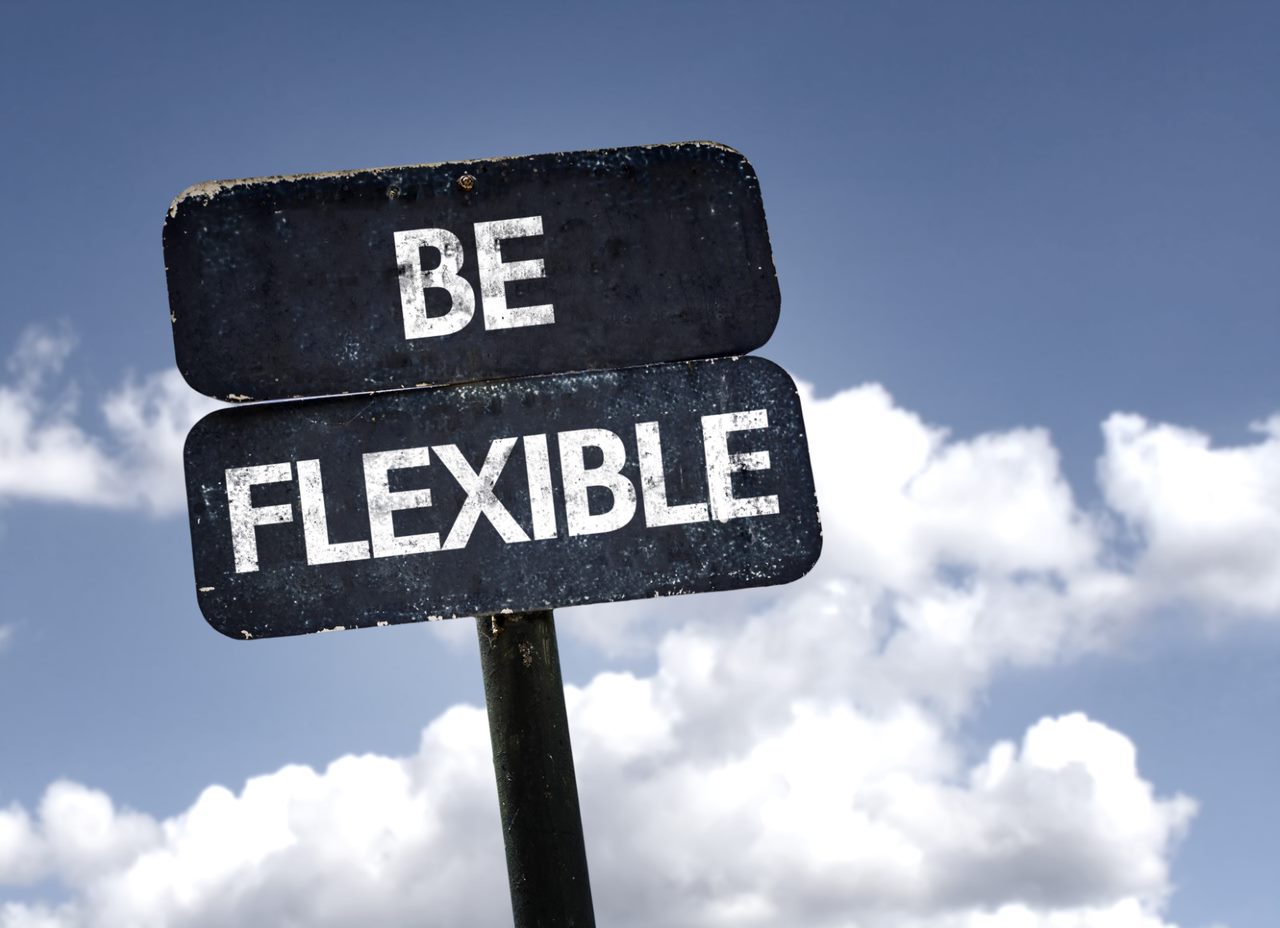Flexible Work Arrangements: The Future of Work
Learn about the value of FWAs to employees and organisations.
12 Sep 2019 Articles Work-life harmony

TAFEP commissioned a survey in partnership with The Straits Times (TAFEP-ST Survey) on work-life harmony and flexible work arrangements (FWAs). The survey involved 1,000 Singaporean employees and 511 employers based in Singapore. This is the second such survey being conducted; the first survey was conducted in 2014.
This article is the last of a three-part series on key findings from the Survey.
Organisations are increasingly providing FWAs to employees…
…from 85% in 2014 to 88% in 2018 as shown from employers polled in the recent TAFEP-ST Survey.
Notably, advancements in technology especially in personal mobile devices have enabled individuals to be more connected, giving rise to opportunities for new working styles and arrangements such as telecommuting – the survey results showed a significant increase in provision of this FWA from 40% in 2014, to 46% in 2018.
65% of employers also reported that 25% or more of their employees used at least one FWA, up from 48% in 2014. This was mirrored by employee respondents whose 3 most utilised FWAs were staggered time, flexible hours and telecommuting.
This was a shift away from the top 3 most beneficial FWAs cited in 2014 which were types of leave benefits: emergency leave, time-off on short notice, and family leave, suggesting that with FWAs, employees are able to integrate their work and life needs more effectively.
Fig 1: Employees ranking of top 3 most beneficial work-life programmes
Flexibility as the Way Forward
Employees have far more choices in their lives today in addition to many competing responsibilities such as caregiving and personal aspirations. Employees and employers alike are recognising that FWAs can be used to plan ahead and better manage work-life needs on a sustainable long-term basis.
As business models change and technology opens up new possibilities in how jobs are performed, organisations are encouraged to relook their work-life strategy to provide employees with greater options on how they can perform their best work and integrating their individual aspirations, life-stage needs and personal preferences. By doing so, organisations can create an inclusive workplace and a workforce that is more motivated and able to thrive in the new employment landscape.
In case you missed it…
View part one of the series: Evolution of Work-Life in Singapore.
View part two of the series: The Growing Voice of New Dads.

